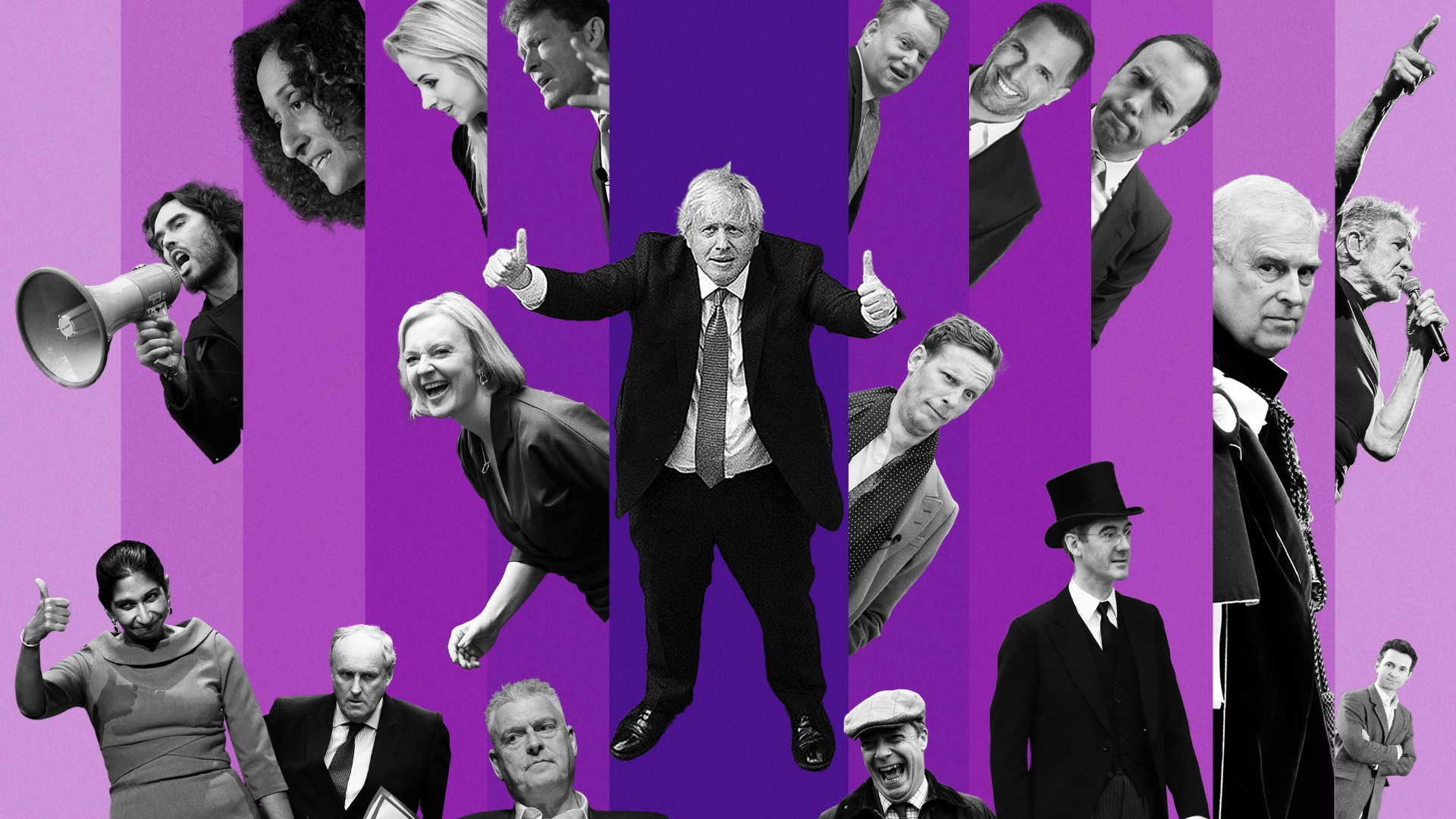Every so often, an idea comes along that captures the zeitgeist – not least because it tells people something that suits what they want to hear. One such idea of the moment is the so-called “3.5% principle”.
It has been breathlessly written up by news outlets around the world, has (inevitably) been turned into a Ted Talk, and is the underpinning philosophy of everything from Extinction Rebellion to the recent viral petition calling on Rishi Sunak to call an immediate general election. It was a significant part of the People’s Vote tactical playbook, too.
The idea as popularly understood is this: no non-violent civil society movement that has managed to mobilise 3.5% of a country’s population into action has ever failed to achieve its aims. The number of people on the street and engaged in action become impossible for any government to ignore, and so even without winning over a majority of people, action happens.
This is not some secret mantra for the protest groups – it is openly discussed as their theory of change, and there is nothing in principle wrong with it either. It also helps to explain their tactics: Extinction Rebellion isn’t trying to win over the majority of the country on climate, it’s trying to mobilise 3.5% into caring very deeply about it.
The source of the claim is research by the Harvard political science professor Erica Chenoweth. The problem is – and it’s a problem for any social movement across the world – that protest groups have misused and overextended the idea, and it has absolutely no guarantee of success.
It is possible that the climate movement has bet the farm on an idea that it doesn’t understand, and whose time seems to have been and gone. The faults don’t lie so much with Chenoweth’s original, perfectly respectable, academic research, but instead by its over-extension into contexts for which it was never intended.
Chenoweth’s paper was published in 2013 and followed a variety of violent and non-violent civil resistance movements between 1990 and 2006, and it found that of those analysed, no non-violent movement that had also obtained 3.5% peak mobilisation of the public had failed. There are several issues with over-extending this idea to modern contexts. The causes studied by Chenoweth were much simpler than trying to secure complex policy responses on climate – instead, they were almost all attempts in autocratic countries to overthrow the government.
Crucially, they were also all before the uptake of mass social media, when it was much harder to animate and move people – there is now a much lower threshold to participation in a social movement, as it’s much easier to click a petition or join a Facebook group than it was to motivate someone to take to the streets in a dictatorship in the 1990s. It is ridiculous to assume that what held true for dictatorships in the 1990s holds true for democracies in 2023.
Chenoweth has also repeatedly been at pains to note that her observation was descriptive, not prescriptive – she was never intending to say that no movement that mobilised 3.5% could fail, just that none of the ones she examined had done so.
The problem is the social movements that have seized upon her idea seem to have missed two spectacular counterexamples as to Chenoweth’s model – both based on huge, on-the-ground mobilisations against dictatorships.
Pro-democracy protesters in Hong Kong managed an astonishing campaign of on-the-streets action against brutal police crackdowns, eventually getting two million people on the streets in a sustained campaign – absolutely textbook 3.5% rule stuff.
Hong Kong’s population is around seven million, meaning that more than a quarter of the region’s populace were on the streets – an achievement well beyond what any other movement has ever accomplished. And yet it failed to achieve any of its aims.
Similarly, Belarus – Europe’s last absolute dictatorship – managed to mobilise an extraordinary series of street protests in a country where even mild dissent can lead to decades in prison, with torture to boot. The peak protests here were estimated at 10% or more of the total population, and yet Aleksandr Lukashenko remained in power with absolutely nothing in the way of meaningful concessions to the opposition movement.
People will, of course, find reasons to explain away why one or the other of the protest movements don’t count – but what’s important is that both show there is nothing magical about a 3.5% threshold, even in exactly the context to which it was originally applied.
The animating theory of modern protest, then, has been extended well out of the context of its original research, and doesn’t hold up even in its original context when we look at the biggest non-violent protest movements of the last decade. And yet this goes entirely unexamined.
What does it mean if all of the energy, passion and drive of XR and other climate movements is being spent on a theory of change that has no real theoretical basis? In short: nothing good.
The risk is that, at best, a lot of time and effort is wasted to no productive end, doing nothing to accelerate real change and burning out activists tired of seeing no real results. The risk at worst is that it actively slows down progress on climate change and gives fossil fuel companies a lot more time to extract and burn fossil fuels that should be kept in the ground.
The beautiful lure of the 3.5% rule is that it means you can ignore 96.5% of people. If your opinions seem to be wildly out of line with those of the public (at least what they say to pollsters), you can cling to the 3.5% rule to say that doesn’t matter.
Convince one person in 30 and the change will somehow happen, so damn the other 29. No need to get into the messy business of winning over people who don’t agree with you yet, or compromising with mainstream politics – if you can mobilise people who agree with you already into actually becoming activists, you’ll win.
It’s a very tempting proposition – in the same way that bait is always tasty. That’s the point of bait, after all. If it weren’t delicious, who’d end up in the trap?




